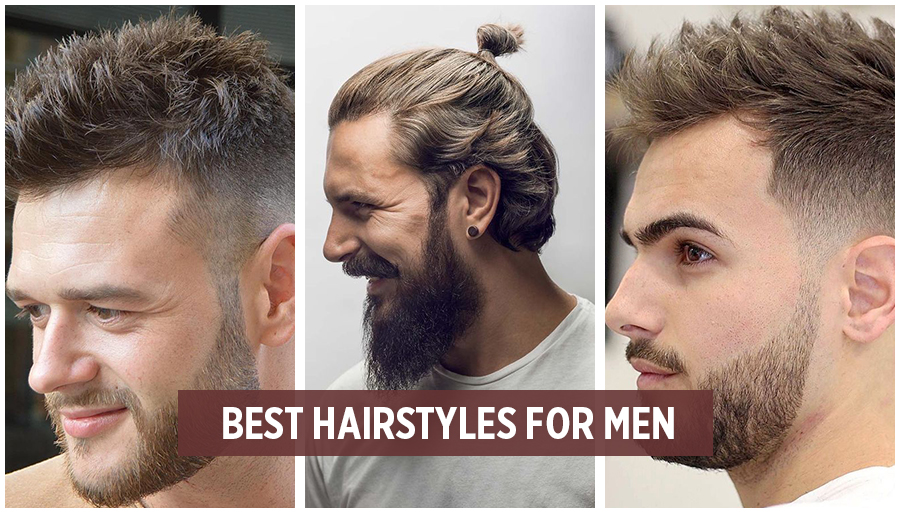Securing Customer Wellbeing Via Robust Health and Protection Regulations within the Grooming Industry
Securing Customer Wellbeing Via Robust Health and Protection Regulations within the Grooming Industry
Blog Article
The barbering sector plays a significant role in personal grooming and self-maintenance. Nonetheless, it is vital to emphasize the health and security of both customers and barbers in this setting. Robust sanitation and protection regulations are crucial for maintaining hygiene standards, preventing incidents, and ensuring a positive interaction for everyone involved. By adhering to these guidelines, professionals can establish a safe environment that encourages trust and ease among clients.
A single critical aspect of well-being and hygiene in barbering is sanitation. Barbers must adhere to strict hygiene protocols, including frequent cleaning of tools and workstations. This involves sanitizing shears, clippers, and combs after every use to remove the possibility of spreading bacteria or infections. Moreover, professionals should use clean capes and towels for each client to maintain a hygienic setting. Implementing these measures not only safeguards customers but also boosts the reputation of the barbering establishment.
Another critical requirement addresses the safe handling of chemicals used in hair treatments. Products such as coloring agents, chemical straighteners, and other styling agents can pose hazards if visit page not handled properly. Stylists must adhere to protective guidelines for the storage and application of these chemicals to prevent dermal reactions or allergic reactions among customers. Wearing gloves and ensuring sufficient airflow during procedures are crucial measures that professionals should take to ensure client safety while delivering quality services.
Injury avoidance is also a key element of wellness and security requirements in grooming. Salons should be arranged with precaution in mind, reducing dangers such as slippery floors or cluttered areas. Staff should be trained in emergency procedures, including how to handle cuts or burns that may happen during treatment. Supplying medical supplies and confirming that all team personnel know their placements is an effective way to anticipate unforeseen events. By emphasizing preventative actions, practitioners can maintain an atmosphere where patrons feel safe and well-attended.
Finally, clear interaction is essential to supporting client wellbeing in the barbering industry. Barbers should engage with patrons about their preferences and any possible concerns linked these details to the treatments offered. This involves reviewing sensitivities to chemicals or previous adverse reactions experienced by clients. By fostering open dialogue, barbers can build trust with their clients while delivering that they receive personalized care tailored to their individual requirements. Ultimately, upholding wellness and protection standards will result in enhanced client experience and a successful haircare practice.